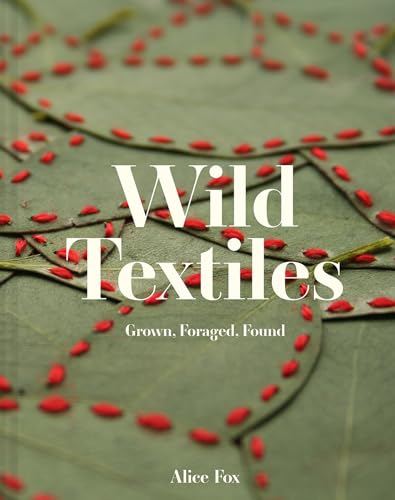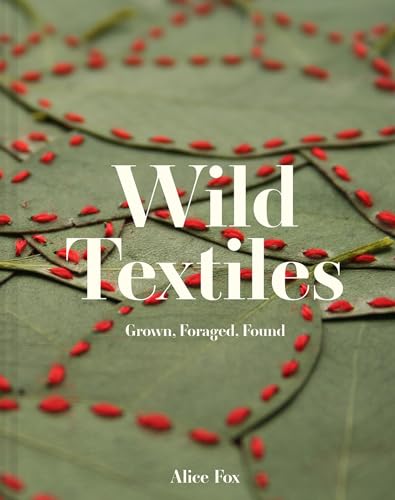Wild Textiles: Grown, Foraged, Found is a unique venture that focuses on sustainable and eco-friendly textile production. With a strong emphasis on reducing environmental impact, this company utilizes innovative techniques to create fabrics from natural resources. Through growing, foraging, and finding materials, they are able to produce high-quality textiles that are both beautiful and ethically sourced.
By embracing a “from nature to fabric” approach, Wild Textiles: Grown, Foraged, Found celebrates the beauty and diversity of the natural world. They prioritize the use of organic and locally sourced materials, minimizing the need for harmful chemicals and reducing carbon footprint. This commitment to sustainability extends to their production processes as well, with a focus on water conservation and waste reduction.
With their dedication to environmental stewardship, Wild Textiles: Grown, Foraged, Found offers a conscious alternative to conventional textile manufacturing. Their fabrics not only tell a story of nature’s abundance, but also inspire individuals to make more sustainable choices in their everyday lives. Through their innovative approach, this company is paving the way for a greener and more ethical future in the textile industry.
Wild Textiles: Grown, Foraged, Found
When it comes to textiles, the options are no longer limited to synthetic fabrics or traditional plant-based fibers. In recent years, a growing movement towards wild textiles has gained momentum, offering a sustainable and unique alternative. Wild textiles encompass a range of materials that are either grown, foraged, or found in their natural environment.
The Beauty of Grown Textiles
Grown textiles refer to materials that are cultivated and harvested like crops. One noteworthy example is bamboo, which is a fast-growing plant that requires no pesticides or fertilizers. Its fibers are then transformed into soft and breathable fabrics that are not only eco-friendly but also offer natural UV protection. Other examples of grown textiles include hemp and flax, which are known for their durability and versatility.
These textiles not only reduce the reliance on harmful chemicals and synthetic materials but also provide economic benefits to farmers. By opting for grown textiles, consumers can actively support sustainable farming practices and contribute to a healthier planet.
The Appeal of Foraged and Found Textiles
While grown textiles are cultivated, foraged and found textiles are sourced directly from nature. This process involves collecting materials such as feathers, leaves, bark, or animal fibers and transforming them into unique textiles. For example, alpaca and cashmere yarns are made from the natural fibers of animals, providing warmth and softness.
Foraged and found textiles offer a distinct appeal as they showcase the natural beauty of the materials. These textiles often have a rustic and organic feel, making them perfect for creating one-of-a-kind garments or decorative pieces. Additionally, by utilizing materials that would otherwise go to waste, this approach promotes sustainability and reduces environmental impact.
In conclusion, the world of textiles is expanding to include a range of options that are both sustainable and unique. Whether opting for grown textiles or foraged and found materials, consumers can make a positive impact on the environment and support innovative practices in the textile industry.
Wild Textiles: Grown, Foraged, Found

Publisher: Batsford (September 1, 2022)
Language: English
Hardcover: 128 pages
ISBN-10: 1849947872
ISBN-13: 978-1849947879
Item Weight: 1.67 pounds
Dimensions: 8.8 x 0.67 x 11.19 inches
Wild Textiles: Grown, Foraged, Found
- Growing cotton in the wild
- Foraging for natural dyes
- Finding silk cocoons in the wilderness
- Harvesting wild flax for linen
- Collecting nettle fibers for fabric
- Discovering wild hemp for textiles
- Using bark to create natural fiber textiles
- Exploring wild animal fibers for weaving
- Searching for wild mushrooms for dyeing
- Locating wild grasses for basketry


